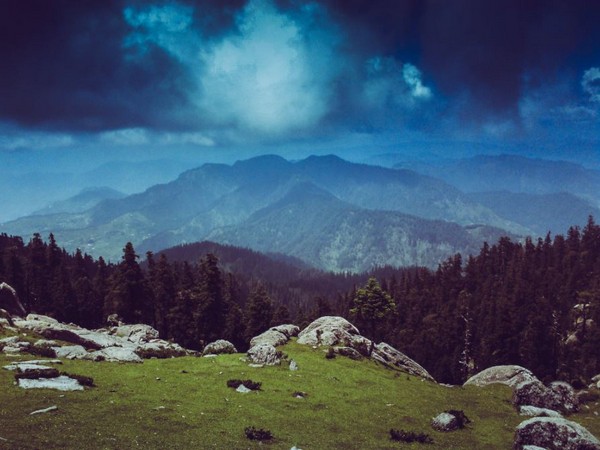

Global initiatives on climate change should also focus on addressing the issues of areas such as the Himalayas and the Tibetan plateau. These remote areas are too often sidelined during discussions on climate change, according to a report by the Europe Asia Foundation, a London-based forum that provides space for key democratic stakeholders on both continents to come together to articulate and share ideas on topical issues.
According to the report, “Coming out of COP27, leaders globally need to look at the often overlooked areas like the Himalayas and the Tibetan plateau”.
Very little attention is given to the region’s changing climatic conditions even though the region harbours about one-fifth of the global population. Few studies focus on the area as compared to the Arctic and the Antarctic.
This can be attributed to the region’s high altitude, harsh climatic conditions, and geopolitical issues.
“The region has been warming up faster, almost at double the speed, than the global average. According to various studies conducted in this region, the glaciers there have shrunk at a rapid rate in the last 50 years; 82 percent of the plateau’s glaciers have retreated. Moreover, about 10 percent of the region’s permafrost has degraded,” according to the Europe Asia Foundation.
The main reason behind these harsh climatic conditions, according to researchers, is the black soot from fires burning in the region. The soot which travels with the wind ends up absorbing more heat which results in the faster melting of ice.
Climatic changes in the region, also known as the Third Pole, can also affect the Indian monsoons as the monsoons depend on the pressure gradient and the flow of air and moisture from the ocean. The monsoons as a result of the rapid changes in the environment will become highly unpredictable resulting in either floods or droughts.
According to the Europe Asia Foundation: “As the region warms up, the ice has started melting earlier than usual in the summer, while the snowfall comes later in the winter. If the period of melting is longer than the period of freezing, the glaciers will not be able to rebuild at the same rate, resulting in the shrinking of the glaciers. This would lead to dwindling water supplies, especially in the areas which rely solely on the glacial water for everyday activities.”
The water can form glacial lakes which can later flood the region.